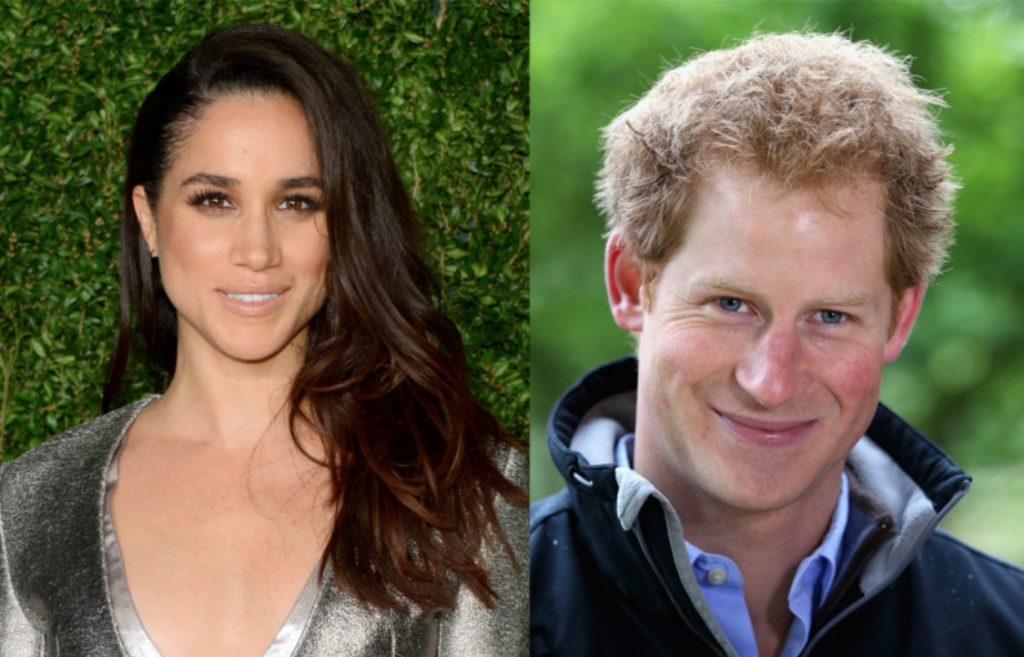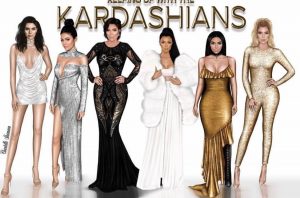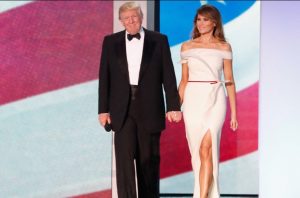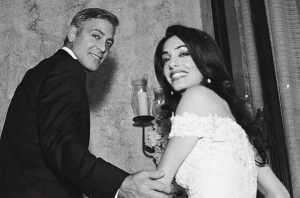
1. Royals have to get the Queen’s permission to marry
Meghan Markle may have all the requirements to make a great royal, but there is one little catch: The actress has been married before. In the past, senior members of the royal families couldn’t marry someone who was divorced—or Catholic, for that matter.
Marrying divorcées has been frowned upon by the British royal family for decades. In 1936, Edward VIII famously abdicated from the throne to marry Wallis Simpson, an American socialite who was not only divorced, but also still married to her second husband during the couple’s love affair. Edward’s father, King George V, did not approve of the relationship and refused to meet Simpson. When George V died, the government and Prime Minister Baldwin denied Edward permission to marry Simpson, leaving him to choose between the crown and the love of his life.
In 2013, the traditional Royal Marriages Act was repealed in favor of the Successions to the Crown Act. The new act means that only the first six in line to the throne need the Queen’s permission in order to marry. If she objects to an individual, the marriage will not happen. In 2005, the Queen granted her son, Prince Charles, permission to marry Camilla Parker Bowles, despite the fact that Camilla had been divorced and was also Charles’ mistress. Today, Markle shouldn’t have to worry about much.
2. Royals can marry commoners, with the Queen’s permission
The marriage of royal family members to commoners (anyone not of noble blood) was also prohibited in the past. But now, as long as the Queen approves of the individual marrying into the family, then the marriage is considered valid, whether the person is of noble blood or not. Unlike Lady Diana Spencer, Charles’ first wife, Camilla Parker Bowles was not only divorced, but also a commoner, whose marriage had to be approved by the Queen. Another famous commoner to marry into the royal family is none other than Kate Middleton. Kate became Catherine, Duchess of Cambridge after her marriage to Prince William in 2011.
3. Marrying a royal doesn’t exactly make you Queen or King … or even a Princess
If a British queen marries, her husband is known as a king consort, but does not become king. In the case of Queen Elizabeth’s husband, Prince Philip, because he is Greek, he cannot hold the title as King. Philip is Prince Philip in the same way that Queen Victoria’s husband, Prince Albert, who was German, was prince consort. When a British king marries, his wife is called queen consort, rather than princess. If William becomes king, the Duchess of Cambridge will hold the title of Queen Consort. If Markle does in fact marry Prince Harry in the near future, then, like Kate Middleton, Markle will be a Duchess. There has only been one exception to this rule and it was for William III and Mary II, who jointly ruled England from 1689 until Mary’s death in 1694.
4. Once married to a royal, you cannot be active in politics.
The Royal Family, while they are political representations of their country, refrain from participating in most political events, like voting and running for any form of public office. Though the family is technically allowed to vote, they choose not to participate because it would be considered unconstitutional. By not voting and remaining somewhat politically neutral, this helps to keep up the appearance of the Royal Family’s public role, which is based on being able to identify with and relate to all sections of society.
5. Once you have a royal title, you cannot be addressed by any other name.
Don’t even think about calling the Duchess of Cambridge by her former nickname, “Kate,” or calling the Queen “Lizzie.” When addressing royals, you must call them by their full title or simply by “Ma’am” or “Sir.” If referring to the Duchess, her title would be “Her Royal Highness the Duchess of Cambridge” and her husband’s would be “His Royal Highness, Prince William, Duke of Cambridge.” And while the Queen’s title is much longer, a simple “your majesty” is allowed.
6. You’ll never get to play Monopoly with your in-laws.
If you’re a fan of the classic board game, you’d have to give that up if you become a member of the royal family. As crazy as it sounds, in 2008, Prince Andrew Duke of York, Prince Charles’ younger brother, banned playing Monopoly with the Royal Family at home because it reportedly became “too vicious.” And vicious behavior doesn’t seem to fall under royal etiquette.
7. Shellfish probably won’t be on the holiday dinner menu.
In the past, the royal family was advised not eat shellfish to avoid possible food poisoning and any allergic reactions. But today, there’s a lot more fluidity to this rule. While the Queen Elizabethreportedly still abstains from eating shellfish, Prince Charles is known to enjoy some shellfish every once and while.
8. The Queen sets the tone for every family event.
When the Queen stands, you stand. When the queen sits, you sit. The same goes for dining. When the Queen eats, you eat and when the Queen decides she is done with her dinner, then the meal is finished. When dining at a royal dinner table, the Queen decides how long the meal a will last—so if you’re hungry, you better hope she is, too.
9. Royal rank is a way of life.
After becoming a member of the royal family, your title and your place of rank within the family becomes your way of life. When making public appearances and during processionals (such as weddings, parades, etc.), the royal family must always be in royal ranking order. The same goes for the seating at a royal banquet. The ranking order is determined by whoever is next in line to the throne. Currently, the order leads with the current reigning monarch, Elizabeth II, who is followed by her husband, Prince Philip, then Prince Charles and Camilla, Duchess of Cornwall, Prince William and Catherine, Duchess of Cambridge, and lastly Prince Harry. Maybe Markle will join Harry’s side in the royal ranks soon!
By Redbook












